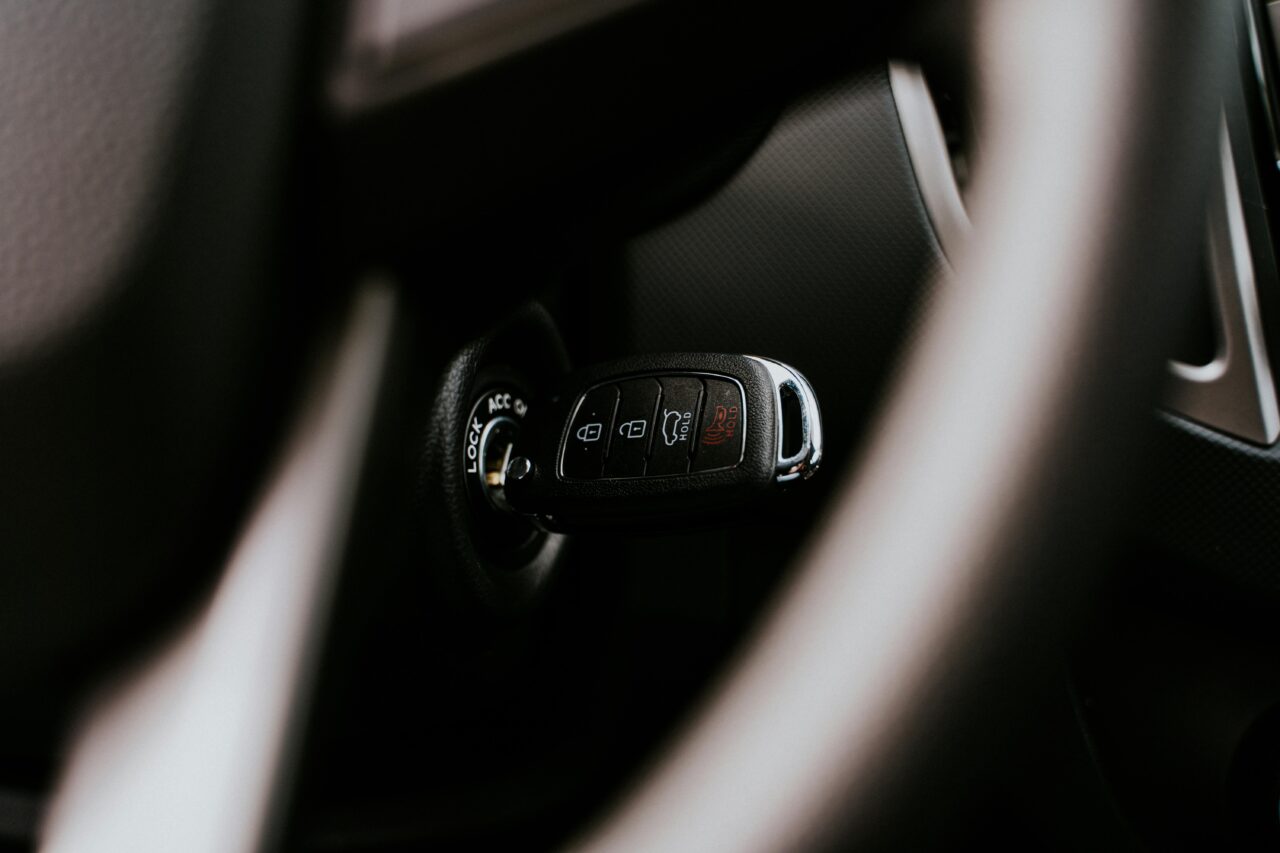Remember that feeling?
You’re juggling groceries, it’s pouring rain, and you’re fumbling for your car keys somewhere deep in your pocket or bag. Or maybe it’s late at night, and you just want to get into your car quickly and safely. What if your car could just… know it’s you? No keys, no fobs, just you. That’s the promise of biometric technology finding its way into our vehicles. It feels like something straight out of a sci-fi movie, but it’s becoming a real option for how we interact with our cars every single day.
How Your Car Could Recognize You Instantly
The core idea behind biometric vehicle access is replacing traditional keys or key fobs with unique biological identifiers. Think fingerprints, facial structure, or even your iris pattern. The car is equipped with sensors that can read these unique traits, verify your identity against stored data, and grant access. It’s a seamless process designed to make getting into and starting your car quicker and potentially more secure than traditional methods. This technology is leveraging advancements made in other fields, like smartphone security, and adapting them for the automotive environment.
Fingerprint Scanning in Cars
Just like unlocking your phone with your thumb, fingerprint scanning offers a straightforward and widely accepted method for automotive biometrics. A small sensor, often located on the door handle or inside the car, reads your fingerprint. This digital pattern is then compared to registered prints in the car’s system. If there’s a match, the doors unlock or the engine starts. It’s fast, it’s familiar, and it eliminates the physical key entirely for these basic functions.
Facial and Iris Recognition Technology
Moving beyond touch, some systems are exploring facial recognition or iris scanning. Cameras mounted on the car’s exterior or interior pillar can scan your face or eyes as you approach or sit in the driver’s seat. These methods add another layer of convenience because they require no physical interaction – you just need to be present and look at the sensor. This type of advanced biometric vehicle access requires sophisticated cameras and processing power to work reliably in varying lighting conditions.
Beyond Keys: Why Biometric Access Matters
Implementing keyless car access solutions using biometrics isn’t just about impressing your friends. It brings tangible benefits in terms of both convenience and security. Think about never having to worry about a lost or stolen key again. The person trying to get into your car has to be you, or at least have a very convincing biological duplicate, which is significantly harder to replicate than a physical key or hacking a traditional fob signal.
Unmatched Convenience in Daily Driving
Imagine walking up to your car with your hands full. The car sees you, recognizes you instantly, and unlocks. Slide into the driver’s seat, press the start button (if even needed), and go. No fumbling for keys, no dropped fobs in puddles. This level of convenience extends beyond just unlocking doors; it can also prepare the car for you. We’re talking about pre-setting your seat position, mirror angles, climate control, and even infotainment preferences the moment it recognizes you.
Fortified Vehicle Security
While traditional car security has advanced, physical keys can be duplicated, and key fob signals can sometimes be intercepted or boosted. Biometric data, on the other hand, is inherently unique to an individual. This makes unauthorized access much more difficult.
- Eliminates physical key vulnerabilities.
- Difficult for thieves to bypass biometric authentication.
- Adds a personal layer of security linked directly to the owner.
While no security system is foolproof, adding a biometric layer significantly raises the bar for anyone attempting to steal or break into your smart car.
The Road Ahead for Biometric Car Access
As this technology matures, its integration into our driving experience will deepen. It won’t just be about unlocking doors; it will personalize the entire interaction with the vehicle. We’re already seeing glimpses of this with driver profiles linked to fobs, but biometrics take this to a much more granular and automatic level. The future of automotive biometrics holds exciting possibilities for a truly tailored and secure driving environment.
Personalized Driving Experience
Once the car recognizes you, it can recall your saved settings instantly. This is especially useful for households with multiple drivers.
- Adjusts seat, steering wheel, and mirror positions.
- Sets climate control preferences.
- Loads your favorite radio stations or streaming profiles.
- Applies specific driving mode settings (e.g., comfort, sport).
It creates an environment where the car feels ready for you the moment you get in, making shared vehicles feel much more personal.
Integration with Your Digital Life
Beyond just vehicle settings, your car could become an even more integrated part of your connected world. Biometric authentication could potentially authorize in-car payments for fuel or parking, access personal cloud storage for music or navigation data, or even verify your identity for other services through the car’s infotainment system. This secure, verified access opens up new possibilities for convenience and connectivity on the go.
So, what does this all mean for you as a driver? Biometric vehicle access isn’t just a futuristic gimmick; it’s a practical evolution in how we secure and interact with our cars. While widespread adoption is still growing, especially in more mainstream vehicles, the technology is here and improving rapidly. If you’re looking at new cars, keep an eye out for these features and consider the added convenience and security they could bring to your daily drive. It might just be the end of fumbling for keys forever.
